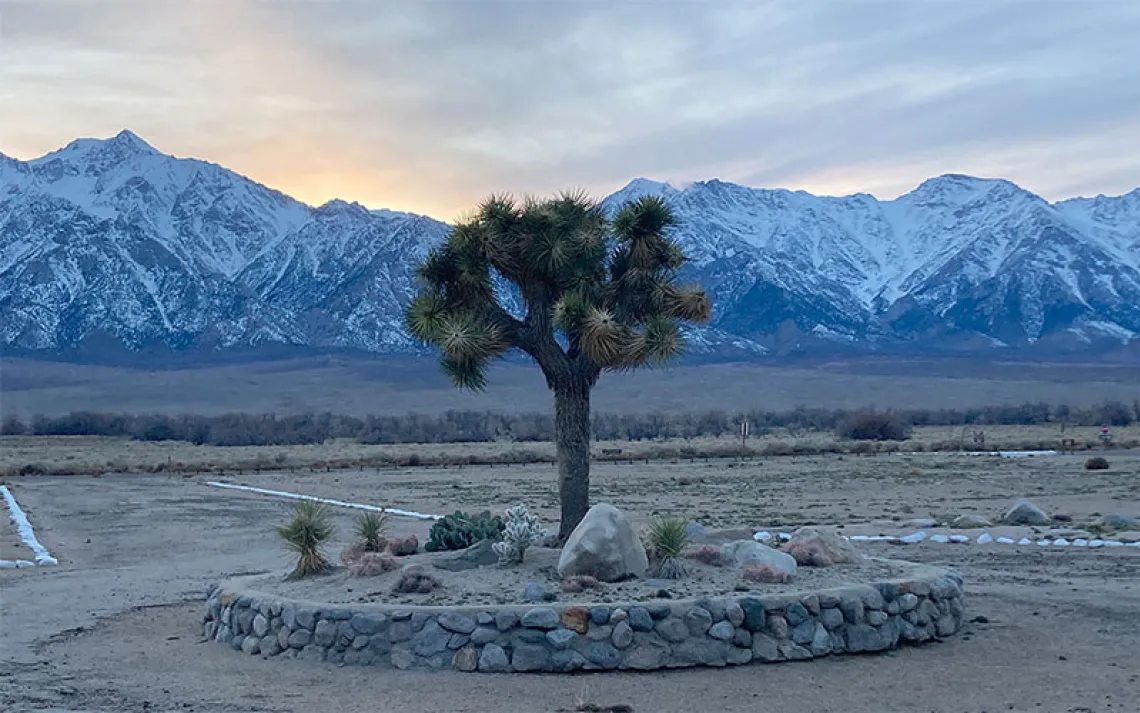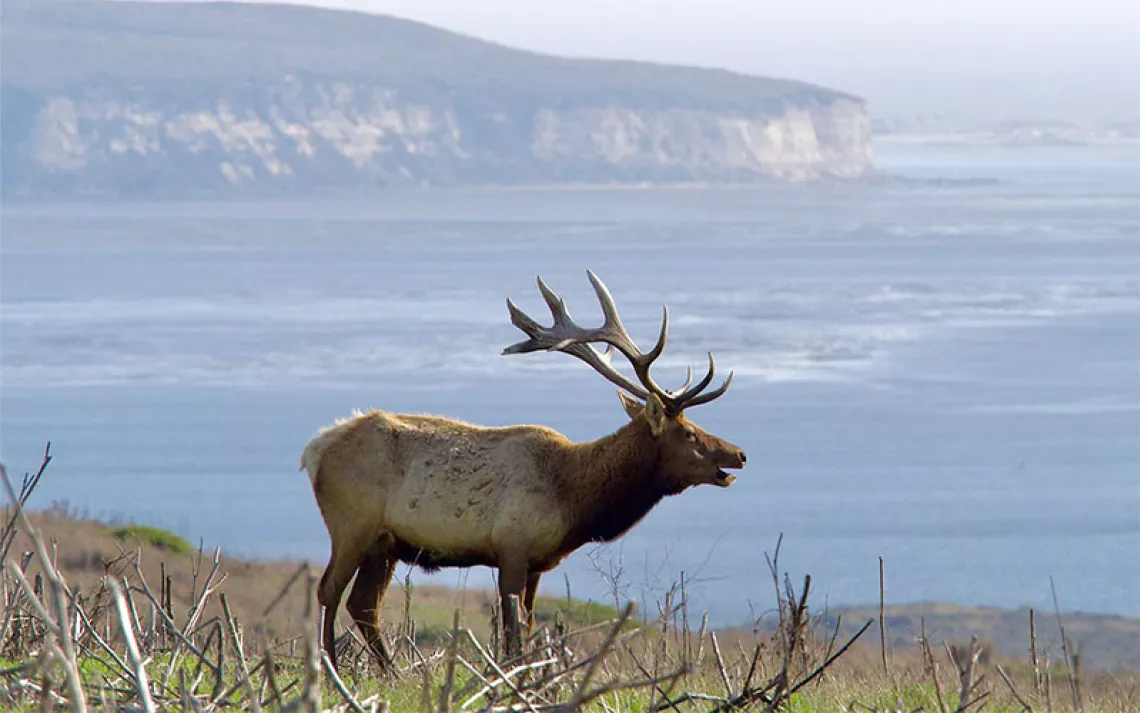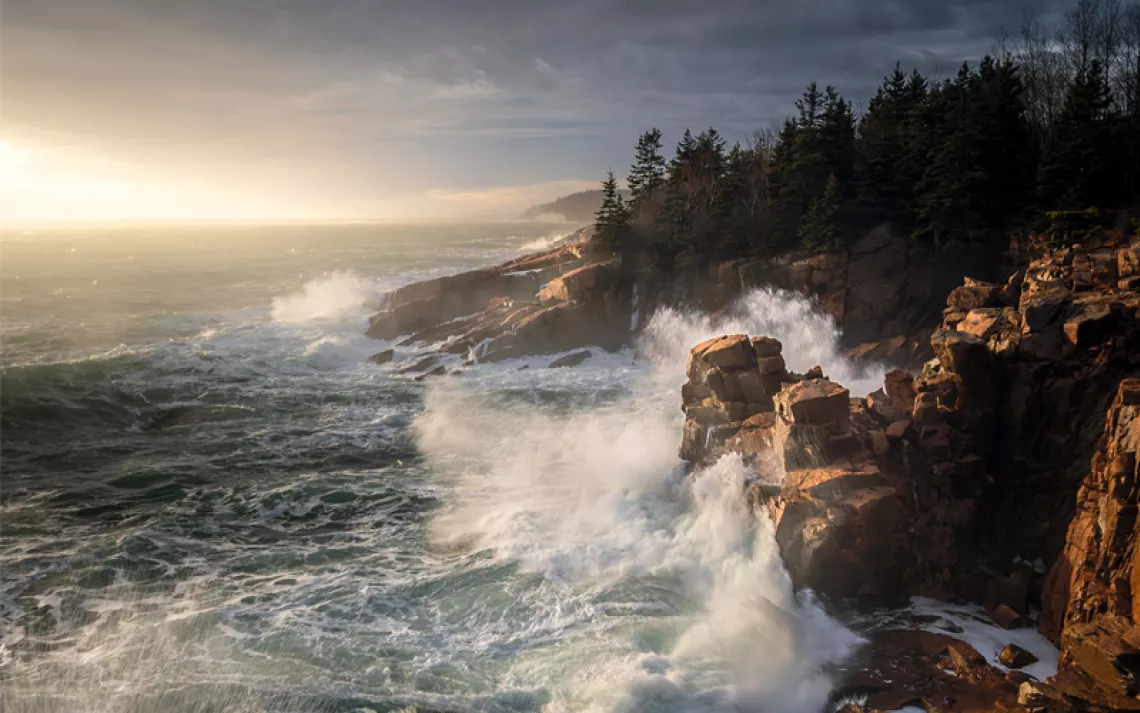Dale Dualan, Sustainability Geek in a Smokey Bear Hat
Meet the guy who's turning Point Reyes National Seashore 100 percent green

Dale Dualan, engineering technician/sustainability coordinator at Point Reyes National Seashore. | Photo by Clark James Mishler
Watch Dale Dualan talk about how he's helping Point Reyes National Seashore ramp up to 100 percent clean energy.
Adapted from an interview with Dale Dualan by Paul Rauber.
I grew up in Modesto, California, a Central Valley town. We had a simple life. My parents came from the rural Philippines. They taught me to appreciate what we have, the things we take for granted: clean air, clean water, good food. When I went to college, I realized that those values were the fundamental roots of sustainability.
I majored in conservation and resource studies at the University of California, Berkeley. That's when I got interested in environmental health issues. After I graduated, it was kind of tough. I moved back home and lived with my parents, trying to figure out what I was going to do. Looking at internship opportunities through the Student Conservation Association, I found one at Point Reyes National Seashore, helping develop the sustainability program here.
Six years later, my official title is engineering technician, but unofficially I'm the sustainability coordinator. In the 400-plus units in the national park system, there aren't that many positions like mine. Maybe being here in California, it just comes with the territory. I can't take credit for what's already been done here. My predecessor, energy manager Sara Hammond, introduced all-electric vehicles into the park's fleet, implemented six solar energy projects, and oversaw a retrofit of lighting in our visitor center. I'm just carrying on her legacy.
Initially, I was helping with waste management, including developing a composting program. It's mostly small-scale stuff like lunchroom waste, but when we have big events, like our annual volunteer-appreciation barbecue, we manage for zero waste. We don't put any landfill receptacles out: It's strictly recycling and composting. We do some composting on-site, using water from barrels that we installed to harvest rain.
It's hard to say that I have a "typical day." I'm in the office more than I'd like. It's always nice to be outside working in a national park, like when we installed five new rooftop solar arrays. That brought us up to 23; we now expect to produce 50 percent of our energy from solar. The rest we purchase through Marin Clean Energy, so our energy is 100 percent clean.
A little over a year ago, we installed three electric-vehicle charging stations at our Bear Valley Visitor Center. The local high school helped acquire funds for them. Anyone can plug in; the stations are used on a regular basis. With Hammond's grant, we acquired an all-electric vehicle and a plug-in hybrid for our fleet. We also have a renewable-diesel fueling station, which is used to fuel our diesel vehicles and heavy equipment.
My favorite part of the job—aside from seeing a red-tailed hawk outside my window—is just knowing that there's a lot more to accomplish when it comes to sustainability. People here have so many good ideas; I like hearing about new innovations, and I like the collaborative aspect of working together.
The downside is that there's a lot of weight on my shoulders. Sometimes I feel like I have to know everything, trying to keep all these different disciplines in my head. Right now, I'm trying to keep up with LED technology for when we change over from incandescents. Solar, too—solar's evolving. I'm learning about microinverters for converting DC power to AC. You really have to appreciate everything, and stay optimistic and hopeful and adaptable.
Another challenge is our historic component. You can't just put a solar panel on top of a historic structure; you might be compromising its historical integrity. Even installing dual-pane windows—you can't do that if the window's part of the historic structure. There's a lot of consultation involved in preserving that aspect of the park.
Going forward, I'm hoping that the 2.5 million visitors who come to the park each year can take home some of these messages and practices. We're getting more involved with education, trying to show how what we're doing here is addressing climate change, because it's a huge priority for the national parks. Historically, the mission of the National Park Service has been sustainability: protecting and preserving resources for future generations. You have to have a program like ours in order to fulfill that mission.
 The Magazine of The Sierra Club
The Magazine of The Sierra Club



